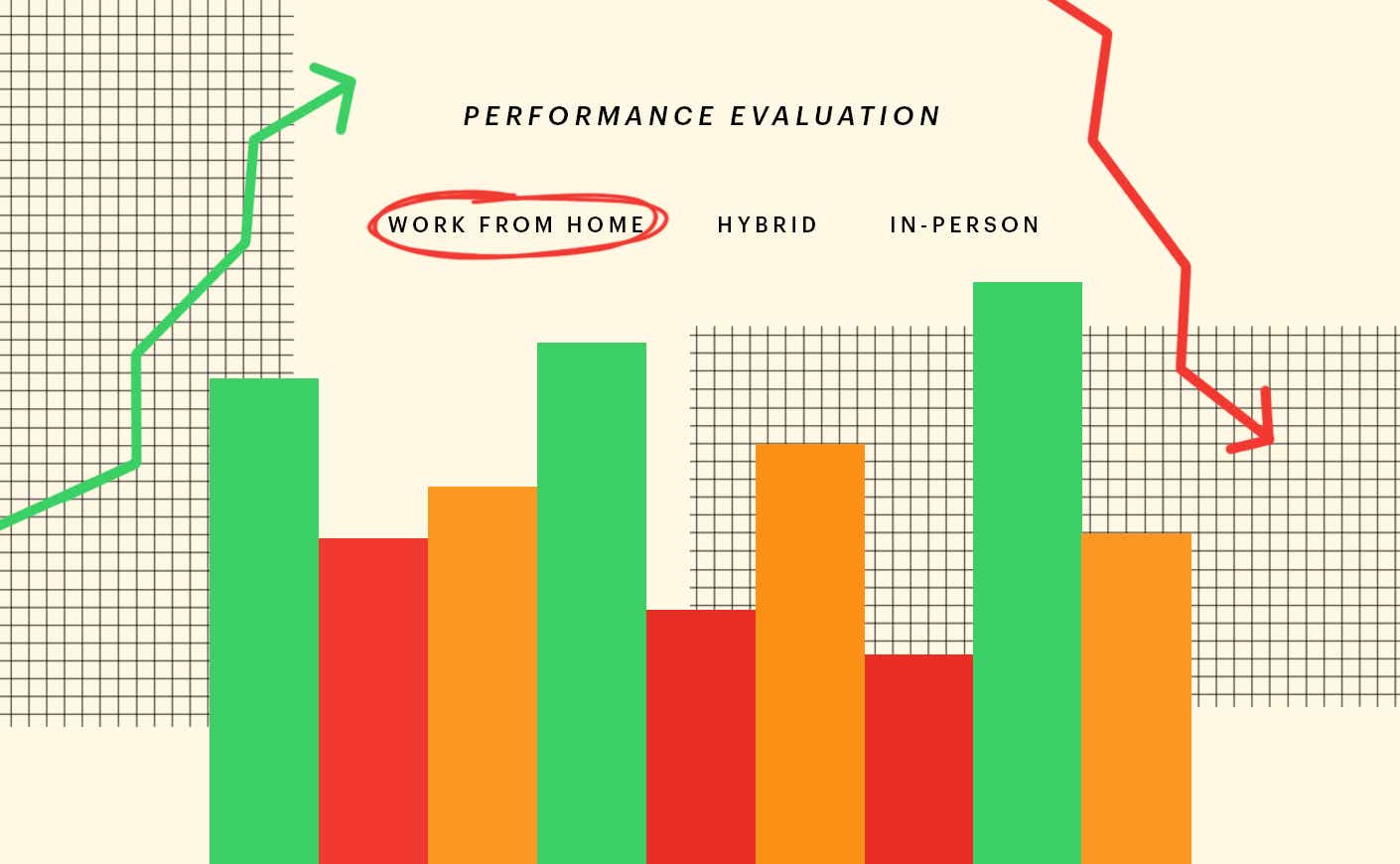As we enjoy our last long weekend of the summer, we’re reflecting on where we go from here in our professional lives. Earlier this year, companies around the country marked Labor Day as a return-to-office date for their employees; now, in the thick of another Covid-19 surge, getting back to the workplace (like so much else) has been thrown into uncertainty. We caught up with a few trusted experts for their forecast about what work will look like this fall, for the rest of this year, and beyond.
The bar has been raised for physical offices.
Pre-pandemic, companies built workspaces that fostered the best collaboration at the lowest price, according to Ethan Bernstein, an associate professor in the organizational behavior unit at Harvard Business School. But now, employees who proved they can collaborate at a high level from anywhere have “validated the business case for remote work,” Bernstein tells us.
Post-pandemic, he says, office spaces “need to prove themselves again (or be disrupted), especially now that employees are used to not dealing with commutes, crowded elevators, a shortage of meeting rooms, and all the other pains of in-person offices that nostalgia alone won’t cure.”
While companies may push for at least some in-person presence in the coming months, Bernstein questions the wisdom of creating a hybrid work model from scratch after many employees have had nearly two years to find their groove working 100% remotely. “We know how to work when we’re all in-person, and now we know how to work when we’re all remote,” he says. “Hybrid is the one thing we don’t know how to do well. If I were an HR person today, I would rather try to continue proving the business — and human — case for remote work rather than embarking on yet another hybrid experiment.”
If you stay remote, your performance review will be more important than ever.
“In the past, managers and employees relied a lot on sight,” says Sharlyn Lauby, an author, human resources consultant, and founder of the popular blog HR Bartender. They could visually see who was working or watch for the best time to pop into their boss’s office. “Now, managers and employees will have to spend more time building relationships based on trust, equity, and accountability.”
It’s also a prime moment to optimize performance reviews. “Organizations will want to make sure employees understand how their performance will be evaluated,” says Lauby. “It’s possible that during the pandemic, employees pitched in and did tasks to help the organization, regardless of whether it was formally part of their job. So now’s a good time to make sure everyone is on the same page with job requirements.”
Some companies are actively investing in the idea that a flexible model of work is here to stay.
Shannon Hardy has worked at LinkedIn since 2012, but this year she took on a newly created role — vice president of flex work — that indicates the company’s vision for the future: “My mission now is to help shape a future work model where flexibility and remote work will be a part of our culture and workforce in perpetuity,” Hardy says.
To accomplish that, she’s evaluating the programs and tools available to employees to ensure their productivity no matter where they’re working. She’s also collaborating with workplace design teams to craft “amazing office experiences for everyday work when we do come together.” In conversations with other companies, she’s learned the solutions must be specifically tailored to each workplace’s individual culture.
“The changes we’re seeing in this new world of work were inevitable, and the pandemic has simply been an accelerant,” Hardy says. “We’ll all have to listen to each other and adapt as we go. While there’s no one-size-fits-all approach, companies do have the opportunity now to think differently and meet employees where they are.”
For those who prioritize in-person work, rituals will be more important than ever.
When companies do insist on having workers together in the office, they’ll have to be smart about executing it. “We need to shift what actually happens when we are physically co-located,” says workplace strategist Erica Keswin. “There needs to be a purpose.”
In her book Rituals Roadmap, Keswin explores the ways intentional, productive time together can help employees thrive. She says in-office days should be “curated” to maximize their effectiveness, and she’s heard all sorts of examples — everything from toasting wins on “champagne Fridays” to a company where employees do 40 pushups together every afternoon. “We want to do things that require human connection versus just being quote-unquote ‘alone together,’” Keswin explains. “Rituals do give us a sense of belonging and a connection to purpose.”













